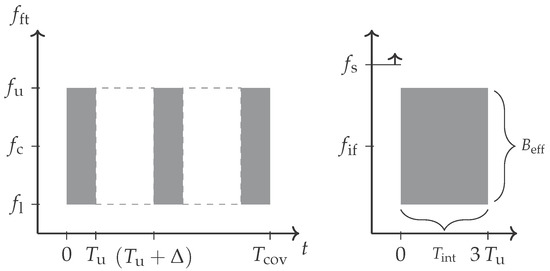Modern Radar Systems
A topical collection in Sensors (ISSN 1424-8220). This collection belongs to the section "Remote Sensors".
Submission Status: Closed | Viewed by 60593Editors
Interests: SAR/ISAR; passive radars; passive SAR/ISAR; noise radars; radar signal processing
Special Issues, Collections and Topics in MDPI journals
Interests: Passive Radar, Mulitstatic, Cooperative Bi-/Multi-Static Radar, MFRFS, Next Generation Waveforms, Platform Sychronisation
Interests: signal processing; non-uniform sampling in radar; compressed sensing; noise and passive radar technology;radar resource management; track before detect techniques
Special Issues, Collections and Topics in MDPI journals
Interests: applied RF/radar/EW systems engineering; prototyping; teaching; consulting and research; esign of AESAs, microwave devices and signal processors; algorithm development for AMTI, ASW, ASuW, BMD, CCD, DMTI, EA, EP, EMW, ES, GMTI, GPR, ISAR, In-SAR, MIMO, MMTI, SAR, SAA, STAP
Topical Collection Information
Dear Colleagues,
In recent years, developments in radar have intensified, with an increasing convergence of active and passive technology applied in numerous fields. The development of radar was originally for military purposes; however, radar has recently become a prominent technology in a wide variety of civil applications, such as automotive radars, human detection and classification, ground-penetrating radars, and medical imaging radars, among others. In most radar applications, there is still a need for faster and more accurate signal processing methods to enhance detection, localization, tracking, data fusion, imaging, and target classification. Furthermore, there is greater demand for sophisticated system design so that radar functionality may operate in unison with other sensor techniques.
The aim of this Special Issue is to present the latest research results in the area of modern radar technology utilizing active and/or passive radar sensor systems in different applications, including both military use and a broad spectrum of civilian applications. The contributions from leading experts in this field of research will be collected and presented in this Special Issue.
This Special Issue aims to highlight the advances in modern radar systems. Topics include but are not limited to:
- Modern solutions in radar systems;
- Deployable multiband passive/active radars;
- New applications in passive radars;
- New techniques in radar signal processing;
- Waveform design techniques in radar applications;
- Active and Passive SAR/ISAR imaging techniques;
- Civilian applications of modern radar technology;
- Radar signal and data processing;
- Tracking and data fusion;
- Multifunctional RF Systems (MFRFS);
- Radar network synchronization;
- Countermeasures to modern radar.
Dr. Daniel W. O'Hagan
Dr. Jacek Misiurewicz
Dr. Lorenzo Lo Monte
Guest Editor
Manuscript Submission Information
Manuscripts should be submitted online at www.mdpi.com by registering and logging in to this website. Once you are registered, click here to go to the submission form. Manuscripts can be submitted until the deadline. All submissions that pass pre-check are peer-reviewed. Accepted papers will be published continuously in the journal (as soon as accepted) and will be listed together on the collection website. Research articles, review articles as well as short communications are invited. For planned papers, a title and short abstract (about 250 words) can be sent to the Editorial Office for assessment.
Submitted manuscripts should not have been published previously, nor be under consideration for publication elsewhere (except conference proceedings papers). All manuscripts are thoroughly refereed through a single-blind peer-review process. A guide for authors and other relevant information for submission of manuscripts is available on the Instructions for Authors page. Sensors is an international peer-reviewed open access semimonthly journal published by MDPI.
Please visit the Instructions for Authors page before submitting a manuscript. The Article Processing Charge (APC) for publication in this open access journal is 2600 CHF (Swiss Francs). Submitted papers should be well formatted and use good English. Authors may use MDPI's English editing service prior to publication or during author revisions.
























